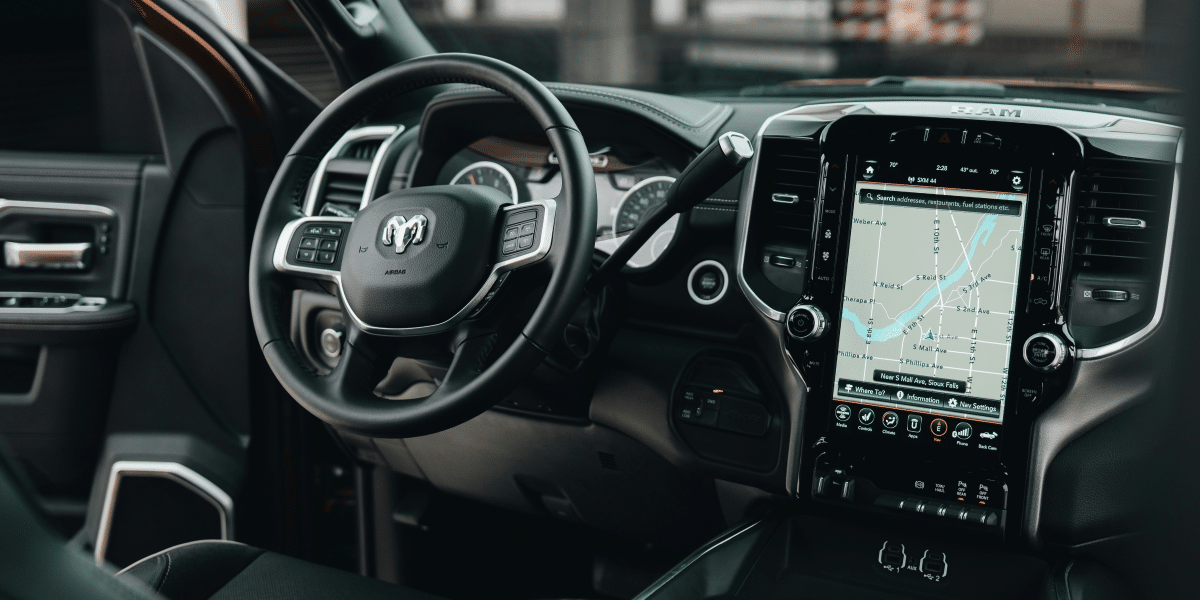By: John Glover (MBA)
As technology continues to evolve, smart homes are not merely about convenience and security anymore. They are progressively integrating health and wellness features, aiming to support residents in managing their well-being proactively. From sleep tracking to heart rate monitors, smart homes are becoming pivotal in the health management ecosystem.
The Emergence of Health Monitoring in Smart Homes
The convergence of health monitoring and smart home technology has opened new avenues for proactive wellness management. With an increasing emphasis on personal health and preventive care, these innovations empower individuals to take charge of their well-being in the comfort of their homes. Here are some significant technologies leading this transformation:
Smart Wearables
Smart wearables are devices worn on the body that monitor various health metrics.
- Fitness Trackers and Smartwatches: Devices like Fitbit, Apple Watch, and Garmin have revolutionized health monitoring by offering continuous tracking of activity levels, heart rate, sleep patterns, and even blood oxygen levels. These devices seamlessly integrate with smart home ecosystems, allowing users to sync their health data with home health management platforms, facilitating more personalized care.
Integrated Health Platforms
These platforms serve as the central hub for collecting and analyzing health data from various devices and sensors in a smart home.
- Centralized Health Apps: Applications like Apple Health and Google Fit aggregate data from various sources, providing a comprehensive picture of an individual’s health. Smart home systems can leverage this data to offer tailored recommendations, such as adjusting lighting for better sleep or recommending physical activities based on fitness data.
Environmental Monitoring
Smart home technologies also focus on monitoring environmental factors that impact health.
- Air Quality Sensors: Devices like the Awair Element monitor indoor air quality, detecting pollutants like volatile organic compounds (VOCs) and particulate matter. By providing real-time alerts and recommendations, these sensors help maintain a clean and healthy living environment.
- Smart Thermostats and Lighting: Products from Nest and Philips Hue can adjust temperature and lighting based on circadian rhythms, promoting better sleep and energy levels throughout the day.
Medical Monitoring Devices
Smart homes are increasingly incorporating medical-grade devices to support individuals with specific health needs.
- Blood Pressure Monitors: Devices like the QardioArm allow for easy blood pressure tracking, which can be logged and analyzed through smart home ecosystems, enabling timely intervention and management.
- Glucose Monitors: Continuous glucose monitoring (CGM) systems, often used by individuals with diabetes, can be integrated with smart home platforms. This integration allows for alerts and automated actions, such as adjusting dietary recommendations based on glucose level trends.
Remote Health Monitoring
For elderly or chronically ill individuals, remote health monitoring is especially beneficial.
- Telemedicine and Virtual Consults: Smart home setups can facilitate telemedicine by using in-home devices for virtual consultations, allowing healthcare providers to access real-time health data and provide personalized care remotely.
- Emergency Alerts and Fall Detection: Devices like smart watches and sensors provide fall detection and emergency alert features, crucial for elderly care. These systems automatically alert caregivers or emergency services if a fall is detected, ensuring timely assistance.
Advantages of Health Monitoring in Smart Homes
Integrating health monitoring technologies into smart homes offers numerous advantages:
- Proactive Health Management: Continuous monitoring helps in identifying potential health issues early, allowing for timely intervention.
- Personalized Care: By analyzing health data, smart homes can tailor solutions and recommendations based on individual needs.
- Improved Quality of Life: From better sleep to enhanced physical activity, smart health solutions promote overall well-being and a healthier lifestyle.
Challenges and Concerns
While aiming, the integration of health monitoring technologies into smart homes also presents challenges:
- Data Privacy and Security: As smart homes collect sensitive health data, ensuring robust data protection and privacy becomes paramount.
- Technological Dependence: Over-reliance on technology for health monitoring may lead some individuals to neglect other essential health practices.
- Cost and Accessibility: The initial cost of setting up health monitoring technologies in smart homes might be prohibitive for some, though prices are gradually decreasing as adoption grows.
The Future of Smart Homes and Health Monitoring
As technology advances, the future of health monitoring in smart homes looks aiming. The development of more sophisticated sensors and AI-driven analytics will continue to enhance the ability of smart homes to support individual health needs. Additionally, partnerships between technology providers and healthcare organizations will likely drive innovations, further integrating health monitoring into our daily lives.
Conclusion
With their growing capabilities, smart homes are shaping the future of wellness management, offering a holistic approach to health monitoring that seamlessly integrates into daily life. By providing individuals with the tools they need to understand and manage their health, smart homes are not only making living more convenient but also healthier. As these technologies continue to advance, they hold the potential to fundamentally transform how we approach personal wellness in our homes.
Published by: Nelly Chavez












